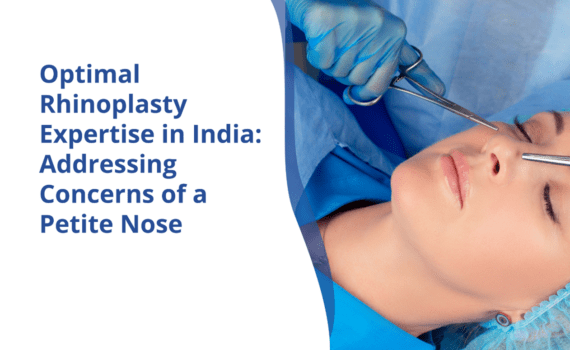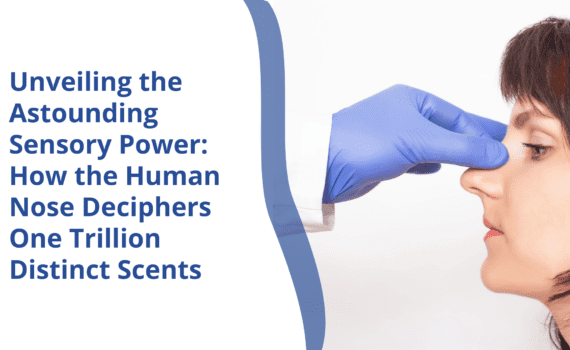
Exploring Laser Deviated Nasal Surgery: A Modern Approach to Nasal Health
Nasal obstruction due to a deviated septum is a common issue affecting millions of individuals worldwide. Generally, septoplasty is used because of its powerful effect, but it has limitations, such as postoperative pain and longer recovery times. Nevertheless, laser technology has transformed deviated nasal septum surgical treatment, providing a more precise and minimally invasive method. Laser Deviated Nasal Septum Surgery represents a contemporary way to correct the deviated nasal septum surgical treatment with more suitable accuracy and reduce healing times.






